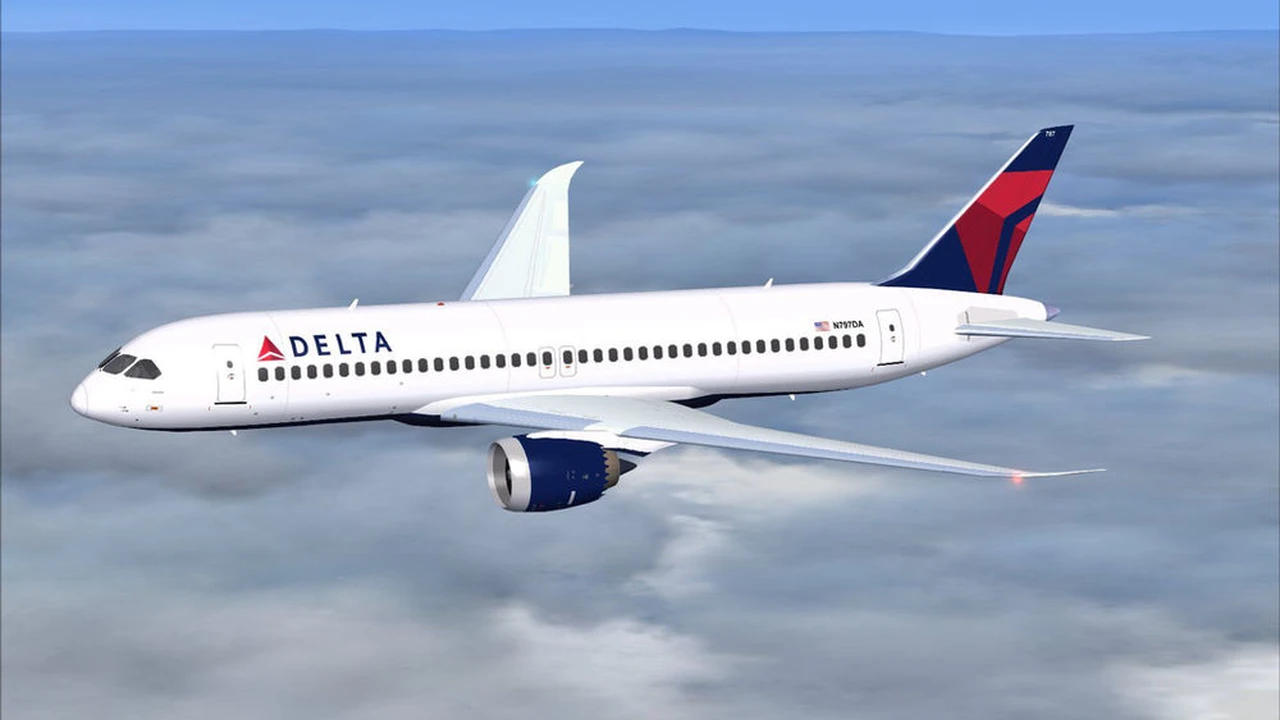Sustainable Airlines Compared Guide
A guide comparing sustainable airline practices for eco-conscious travelers. Learn about airlines reducing carbon emissions and promoting responsible travel. Make informed choices for your next flight.

Understanding Sustainable Aviation Fuel (SAF) Airlines
So, you want to fly, but you're also trying to be kind to the planet? Good on you! One of the biggest things airlines are doing to be more sustainable is using Sustainable Aviation Fuel, or SAF. But what exactly is it?
SAF is basically jet fuel made from sustainable sources, not fossil fuels. Think things like algae, used cooking oil, or even agricultural waste. Using SAF can significantly reduce carbon emissions compared to traditional jet fuel – we're talking up to 80% in some cases!
Several airlines are starting to incorporate SAF into their fuel mix. It's still early days, and SAF is more expensive than regular jet fuel, but it's a crucial step towards greener flying.
Carbon Offset Programs: Are They Legit Sustainable Airlines?
You've probably seen airlines offering carbon offset programs. The idea is that you pay a little extra, and the airline invests in projects that reduce carbon emissions, like planting trees or supporting renewable energy projects. Sounds great, right?
Well, it's a bit more complicated than that. Not all carbon offset programs are created equal. Some are more effective than others, and there's a risk of \"greenwashing\" – where companies exaggerate their environmental efforts.
If you're considering a carbon offset program, do your research. Look for programs that are certified by reputable organizations like the Gold Standard or the Verified Carbon Standard. Also, remember that carbon offsetting is not a perfect solution. It's better to reduce your emissions in the first place if possible.
Airline Fleet Efficiency and Sustainable Airlines
Another way airlines are becoming more sustainable is by investing in more fuel-efficient aircraft. Newer planes use less fuel per passenger, which means lower carbon emissions. Airlines are also working on improving their operational efficiency, like optimizing flight routes and reducing aircraft weight.
Look for airlines that are actively upgrading their fleets with newer, more efficient aircraft. Boeing 787 Dreamliners and Airbus A350s are generally more fuel-efficient than older models.
Recycling and Waste Reduction on Sustainable Airlines
It might seem small, but reducing waste on flights can make a difference. Airlines are trying to reduce single-use plastics, recycle more, and offer more sustainable meal options. Some airlines are even experimenting with compostable cups and cutlery.
When you fly, try to minimize your own waste by bringing a reusable water bottle and snacks. You can also choose airlines that are actively working to reduce waste on board.
Specific Airline Comparisons: Sustainable Airlines in the USA
Okay, let's get down to specifics. Which airlines are leading the way in sustainable practices in the USA?
- United Airlines: United has made some ambitious sustainability commitments, including investing in SAF and carbon capture technology. They also have a program called Eco-Skies, which focuses on reducing the airline's environmental impact.
- Delta Air Lines: Delta is investing in fuel-efficient aircraft and exploring SAF options. They also have a carbon offset program and are working to reduce waste on board.
- Alaska Airlines: Alaska Airlines is focusing on fuel efficiency and has set a goal to be carbon neutral by 2040. They are also working to reduce waste and promote sustainable tourism.
Specific Airline Comparisons: Sustainable Airlines in Southeast Asia
And what about Southeast Asia? Which airlines are making strides in sustainability?
- Singapore Airlines: Singapore Airlines has been a leader in using SAF. They've conducted test flights with SAF and are committed to increasing its use in the future.
- Thai Airways: Thai Airways is working on improving fuel efficiency and reducing waste. They also have a carbon offset program and are exploring sustainable tourism initiatives.
- AirAsia: AirAsia is focusing on fuel efficiency and has implemented various measures to reduce its carbon footprint. They are also exploring sustainable tourism options.
Product Recommendations: Carbon Offset Programs Deeper Dive Sustainable Airlines
Let's look at some specific carbon offset programs in more detail:
- Gold Standard: This is a well-respected certification for carbon offset projects. Look for programs that are certified by the Gold Standard to ensure they are effective and transparent.
- Verified Carbon Standard (VCS): Another reputable certification for carbon offset projects. VCS-certified projects are independently audited to ensure they meet high standards.
- Cool Effect: Cool Effect is a non-profit organization that vets carbon offset projects and makes it easy for individuals to support them.
Pricing: Carbon offset programs typically cost a few dollars per flight, depending on the distance and the estimated carbon emissions.
Product Recommendations: Reusable Travel Gear for Sustainable Flights
Here are some reusable travel items you can bring on your next flight to reduce waste:
- Reusable Water Bottle: Brands like Hydro Flask, Nalgene, and Klean Kanteen offer durable and stylish reusable water bottles.
- Reusable Food Containers: Stasher bags and Bee's Wrap are great alternatives to plastic bags and cling wrap for packing snacks and leftovers.
- Bamboo Cutlery Set: Bring your own bamboo cutlery set to avoid using plastic utensils on the plane.
Pricing: Reusable water bottles typically cost between $20 and $40. Reusable food containers range from $10 to $30. Bamboo cutlery sets can be found for around $10 to $20.
Making Informed Choices for Sustainable Airlines
Choosing a more sustainable airline isn't always easy, but it's worth the effort. By considering factors like SAF usage, carbon offset programs, fleet efficiency, and waste reduction, you can make more informed choices and support airlines that are committed to reducing their environmental impact. Every little bit helps!
:max_bytes(150000):strip_icc()/277019-baked-pork-chops-with-cream-of-mushroom-soup-DDMFS-beauty-4x3-BG-7505-5762b731cf30447d9cbbbbbf387beafa.jpg)






